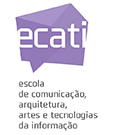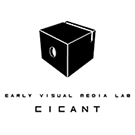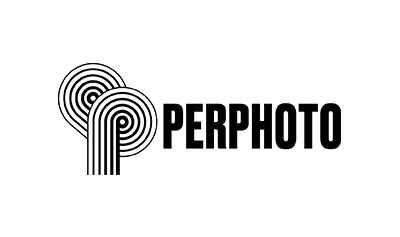An Ocular Possession [EN]
Erica Seccombe
I am an interdisciplinary visual artist who investigates the aesthetic possibilities of the computational extension of vision with time-resolved micro-X-ray Computed Tomography. Using this frontier science, I have explored the potential for capturing and visualising volumetric datasets of naturally occurring events that have never been seen before in 3D time-lapse, such as germinating seeds and a pupating fly. Projecting the resulting moving images through immersive stereoscopic installations, I have created works of art where an audience can experience the virtual kinetic development of microscopic processes from a very different perspective. I have used stereoscopic technology in my work to enhance the affect of wonder by situating the individual within the installation space as an active participant. Drawing on the histories of scientific visualisation and the increasing capacity of photographic lenses to reveal a world beyond reach of ordinary human sight, my work refers to the fixed physical proximity of the human observer to the object. Stereoscopy has evolved as a valuable tool for modern scientists examining volumetric datasets as the comparative depths in the data reveal a vast amount of information. Yet the illusion, created by stereoscopic vision that collapses the space between the viewer and the object, engages a range of sensory properties and creates an affect described by Johathon Crary as a form of ‘ocular possession’. [Techniques of the Observer, 1992] This sensory state is also a point of interest in the context of the contemporary phenomenological approach to installation art, as way to locate the body in a continuous reflective sensation of experience. Discussing these key elements in my work I will address the conference themes of ‘Performance and Visual Media’, ‘Scientific and Social History of Early Immersive Media’, and ‘Media Arts (Visual/Sound) and Immersion’. Using visual examples, I will examine how the underlying meaning for my works of art, ‘Metamorphosis’ and ‘Out of Season’ have been resolved using digital stereoscopic projection technologies.
Dr Erica Seccombe is a visual artist and an academic at the ANU School of Art & Design where she is Head of Foundation Studies, Convener of Graduate Studies Coursework for Visual Arts, Design and Art History and Curatorship, and lecturers for The Centre for Art History and Art Theory. Her practice spans from traditional and photographic print media and drawing to experimental digital platforms using frontier scientific visualisation software. Since 2006 she has been an artist and resident researcher at the ANU Department of Applied Mathematics and Vizlab, NCI. Erica’s PhD GROW: experiencing Nature in the Fifth Dimension is a practice-led research project investigating time-resolved (4D) micro-X-ray Computed Tomography through immersive stereoscopic digital projection installations and 3D printing. Notably, Erica’s work ‘Metamorphosis’ 2016, won the 2018 Waterhouse Natural Science Art prize, in 2017 Erica was awarded the Capital Arts Patrons Fellowship, and in 2015 her work, ‘Virtual Life’ 2014 won the Inaugural Paramor Prize: Art + Innovation Casula Powerhouse Art Centre, Liverpool, NSW. She is currently a lead consultant for the Campbelltown art Centre community art project for the Campbelltown Hospital Rebuild.
Organization


Partners





Campo Grande, 376, 1749 - 024 Lisboa | Tel.: 217 515 500 | Fax: 21 757 7006
Copyright © 2021 COFAC. Todos os direitos reservados. Gestão de conteúdos por Producao Multimédia
